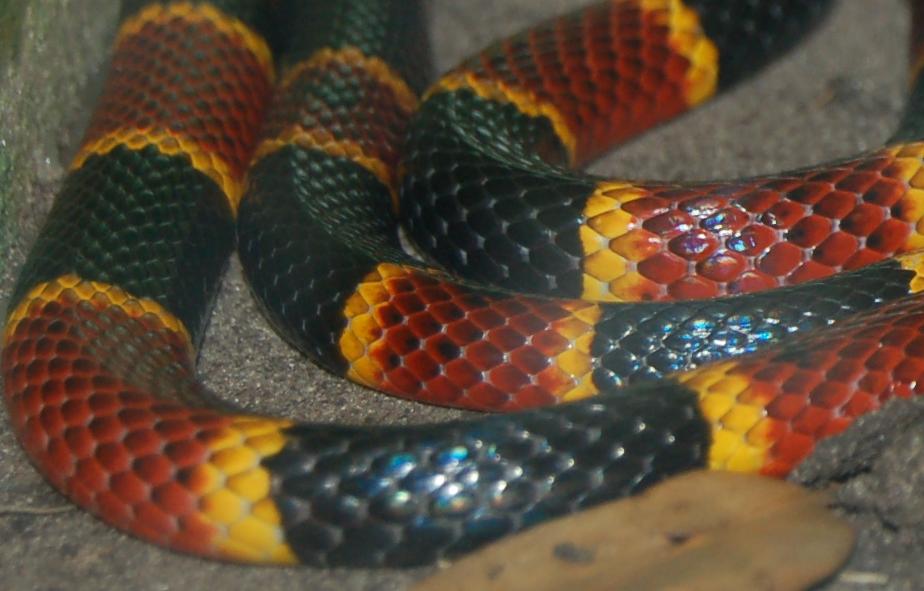“Red And Yellow (May Soon Again) Kill A Fellow”
One of the great things about living in the Rio Grande Valley is the sheer lack of natural predators. In my experience, there are really only two natural predators that come up often enough to really care about: killer bees and coral snakes.

Both predators afford most people reasonable opportunities to avoid an attack, and up to the present, most people could also survive an attack if medical attention was rendered.
You might be surprised to know that the remaining supply of coral snake antivenom is scarce, and it expired a long time ago! Since then, the FDA has repeatedly extended the expiration date of the remaining supply, using laboratory analysis of the supply to justify the extensions.
Well, you can probably visualize the sorry state of affairs if the FDA isn’t throwing out this expired product, but instead performing scientific analysis on it, in the hopes that it’s still good. That alone tells you things can’t be good.
The science behind coral snake antivenom is simple by today’s standards, and there’s actually only one limitation to its production: cost. The corporation that used to make it stopped making it because they decided it wasn’t cost effective. In doing that, one approximation for the price of a human life has been implicitly calculated for us.
Google’s search engine displays text from inside the paywall of this medical journal, and it claims the expiration date of the existing supply is now set at 2024 – one year from now.
Without the antivenom, the current standard of care is essentially to let the patient die in a hospital bed, while simultaneously experimenting on the patient’s body with some slightly-better-than-random, unproven, erratic treatments. This is indeed a sorry state of affairs for a country this advanced.
Is hope on the horizon? Yes and no. On the one hand, we have been looking at producing a novel coral snake antivenom from south of the border. On the other hand, the official announcement regarding this is… fairly somber:
Trials for the coral snake anti-venom are complete and the product is now an investigational new drug, according to FDA standards. A private entity holds the Investigational New Drug Application and will make the decision about pursuing further FDA approvals needed to commercialize the anti-venom.
There is a great deal to be skeptical about. A “private entity” owns this investigational new drug and will decide whether or not to try to get it approved medically.
Said differently, we are at T-minus-one-year until the remaining supply of coral snake antivenom expires, again, and the good news is a “private entity” is toying with the idea of having their new experimental drug studied to see if it might work sufficiently and also pass FDA standards.
While we should hope for the best, that small flurry of haphazard, seat-of-your-pants scientific activity is almost a distraction or an excuse for the few informed people that even follow this to feel OK about letting the remaining antivenom supplies dwindle to zero – thus silently condemning a new generation of coral snake bite victims to death.
To me, this is an unprecedented experience, and feels as vulgar and foreign as being informed that for some reason we don’t have any more tetanus vaccines, so new tetanus victims will probably die in a hospital.
The truth is this is a shining example of the need for government intervention. Government should mandate the production of a reasonable supply of proven antivenom, and provide grants if necessary.
The whole truth is people that live in affected regions – like the Rio Grande Valley – have an interest in making that happen.